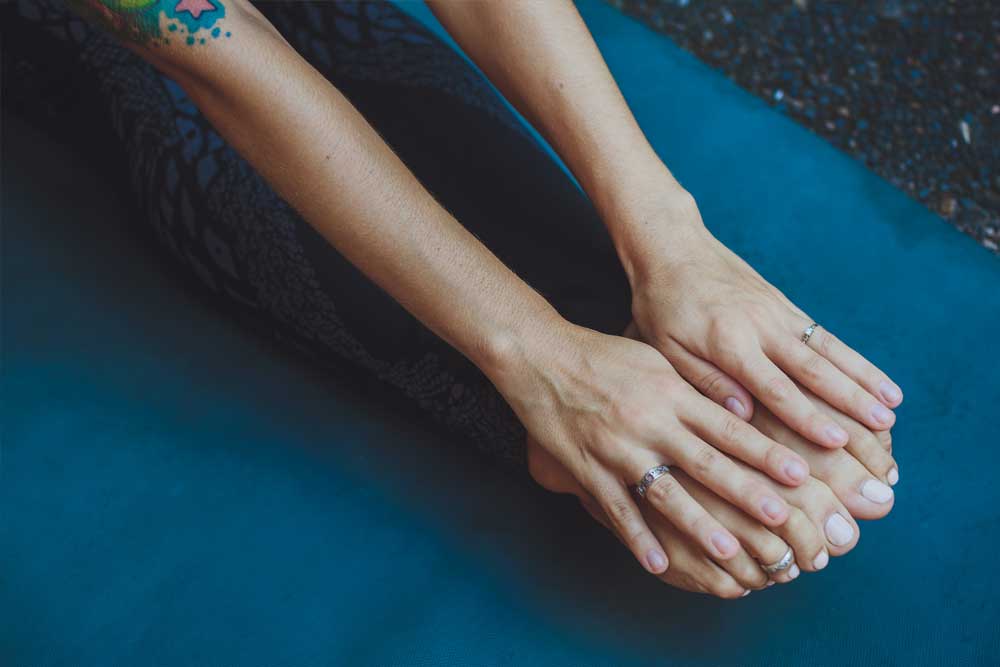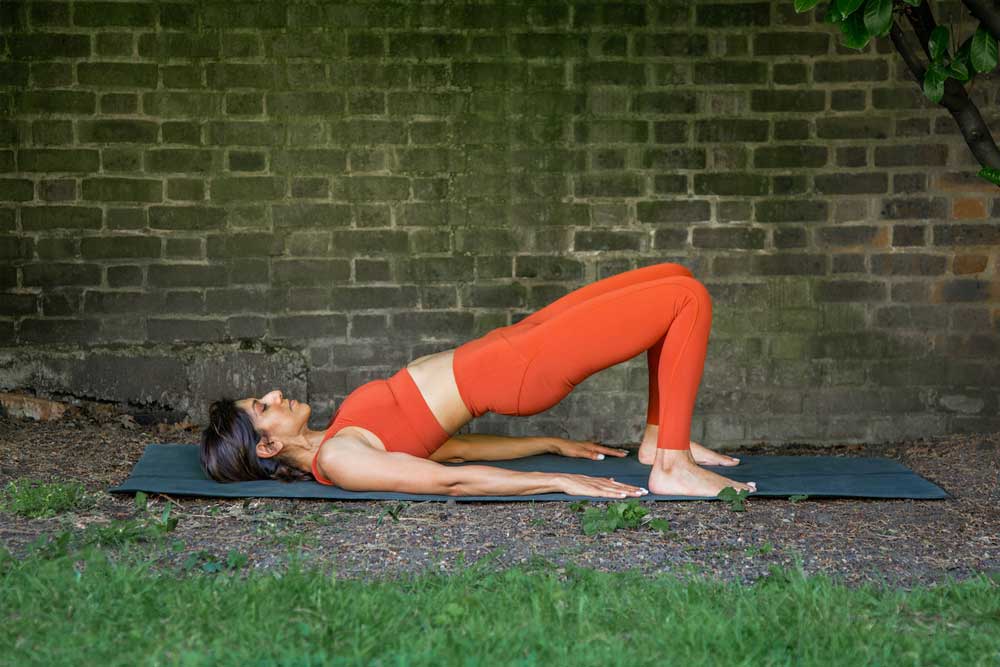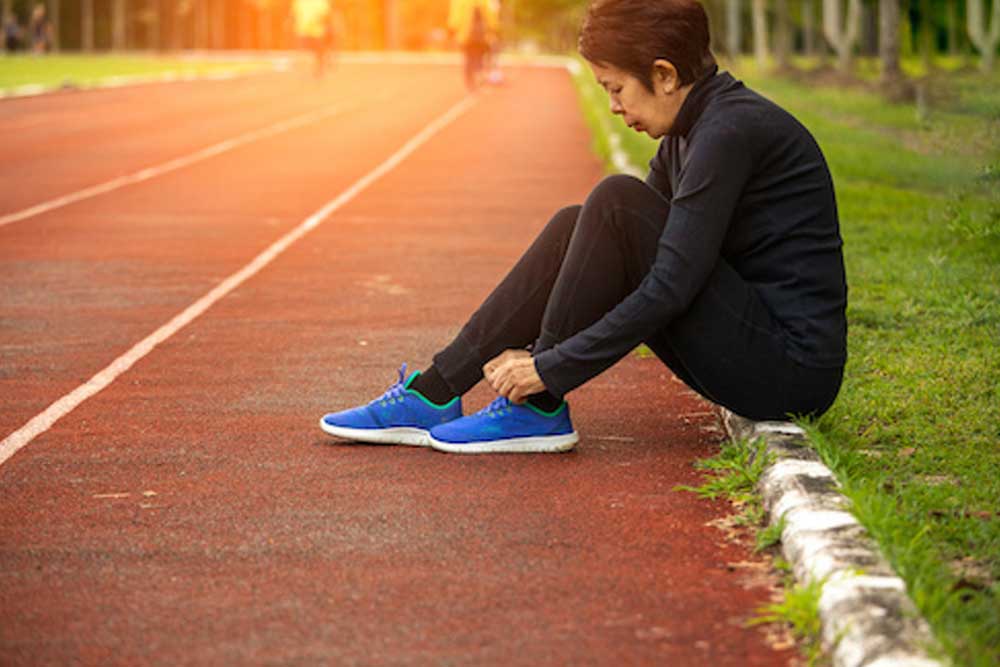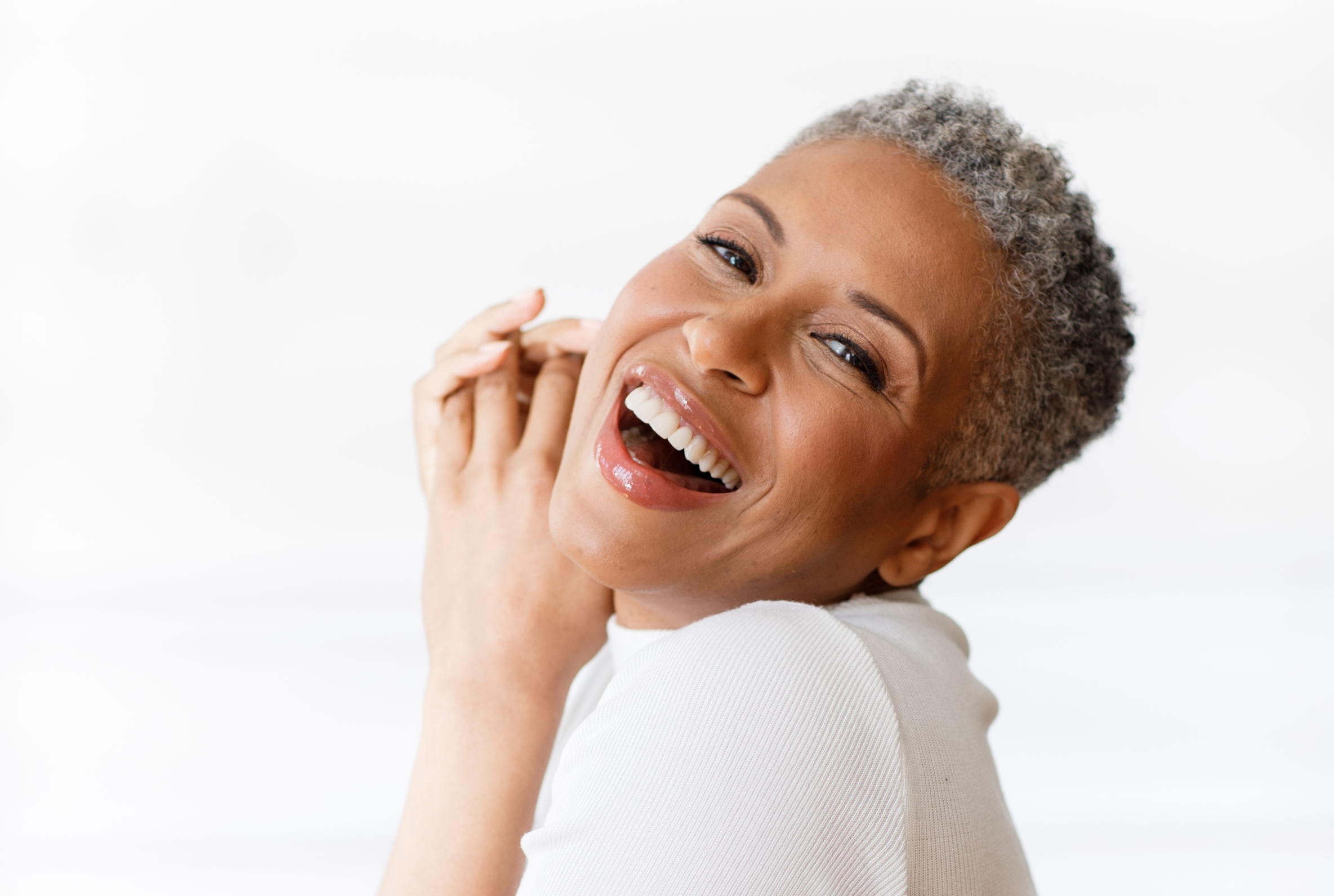Around the time of menopause, many women notice an increase in aches and pains in their joints and muscles. These can be related to menopause itself, or to other medical conditions that become more common as we age. Use this guide to find out more about menopause aches and pains, and speak to your doctor if you need further support.
Find what you need quickly
- Aches and pain definition
- How likely are menopause aches and pains?
- What makes aches and pains worse?
- How can you reduce aches and pains?
- Menopause aches and pains remedies
- Can hormone replacement therapy (HRT) help?
- Supplements for menopause joint pain
- Menopause aches and pains
- Learn more – the latest aches and pains research
Aches and pain definition
This group of symptoms is very broad, and can include pain, discomfort and stiffness in the joints or muscles of almost any part of the body.
Other types of pain can also be more common around the time of menopause. You can find more information in our articles on Headaches if you are experiencing these.
How likely are menopause aches and pains?
- They are very common
- One study of more than 8,000 women around menopause found that over 60% had muscle and joint aches
- Of these, just over 15% were rated as severe or very severe
Read more about the stages of menopause.
What makes aches and pains worse?
- Weight gain & BMI >30
- Reduced muscle mass
- Mood changes, including depression
- Disturbed sleep
Find out more about depression, weight gain and sleep in our symptoms library.
How can you reduce aches and pains?
It really does depend on the cause of your aches and pains. If you have aches and pains that are persistent or severe, talk to your doctor, as many are treatable.
If your aches and pains are put down to menopause rather than any condition in particular, there are plenty of things you can do. Remember to talk to your doctor if you have persistent pain or pain that doesn’t ease. It’s also important to get your doctor’s advice before trying a treatment at home or a new regime.
Menopause aches and pains remedies
Massage. When you are aching, a deep tissue massage can really help
Pilates. Stretch out your muscles and strengthen your bones
Yoga. A great way to relax and help muscle flexibility. If being on your knees is painful, try padding out your mat with a cushion or towel. You can also experiment with knee pads
Strength training. If you are in pain, take it easy and start slow and gentle
Weight loss. Keeping within a healthy weight range will help ease pressure on your joints
Over-the-counter pain relief. Talk to your pharmacist about what may help. If the pain persists, always talk to your doctor
Ice. This may help some aches and pains but always consult your doctor
Can hormone replacement therapy (HRT) help?
Some women may find HRT helpful in reducing the aches and pains associated with menopause. HRT can also improve symptoms that may contribute to chronic pain including mood changes and poor sleep. However, HRT is not suitable for everyone and there is limited evidence that it helps for general aches and pains alone.
Read more about the HRT debate.
Supplements for menopause joint pain
Take care if you are considering shopping for natural supplements to help ease your menopause symptoms. The scientific evidence that they work is mixed and often results are from very small studies. Read our guide for more information.
Menopause aches and pains
What causes menopause aches and pains?
The ‘female’ hormone oestrogen has many different effects on the body, some of which can be beneficial for the muscles and joints.
This hormone has an anti-inflammatory effect. It is a mild immunosuppression (which can ease symptoms of autoimmune conditions like rheumatoid arthritis).
It also reduces bone turnover (which slows the progress of osteoarthritis) and reduces pain (by changing the way pain signals travel to the brain).
It does an awful lot for us!
However, your body begins to produce a much lower level of oestrogen once you reach menopause. This means that you lose many of the beneficial effects of oestrogen and may begin to experience aches and pains that you didn’t previously.
If you already have a condition that is associated with chronic pain – including arthritis, back pain or fibromyalgia – you may notice that your pain levels increase around this time due to this hormonal change.
Similarly, conditions that cause aches and pains tend to start around the age of menopause. One of the most common of these is arthritis, although many different illnesses can be associated with this wide range of symptoms.
If you notice new aches or pains which persist, talk to your doctor to get them diagnosed and treated correctly.
When should you see a doctor?
See your doctor if you have any aches or pains in your muscles or joints that persist, or if you are worried.
You should see a doctor urgently if you have: severe pain, fever, problems moving or putting weight onto the affected area, chest pain, shortness of breath, swelling or redness of the arm or leg, dizziness, fainting or any other symptoms of concern.
Since downloading Stella, I’ve started to exercise more and find time for it. I’ve really noticed a difference in how I am feeling”
Learn more – the latest aches and pains research
- Shaw G, 2019, The Link Between Menopause and Chronic Pain, WebMD
- NHS, 2018, Menopause – Symptoms
- Whelan C, 2020, Does Menopause Cause Pain, Healthline
- Szoeke CE, Cicuttini FM, Guthrie JR, Dennerstein L. The relationship of reports of aches and joint pains to the menopausal transition: a longitudinal study. Climacteric, 11:1, 55-62
- Blumel JE et al., Menopause could be involved in the pathogenesis of muscle and joint aches in mid-aged women. Maturitas, Volume 75, Issue 1, May 2013, Pages 94-100
- Watt F, Musculoskeletal pain and menopause, Post Reproductive Health. 2018;24(1):34-43>
- van Hecke O, Torrance N, Smith BH. Chronic pain epidemiology – where do lifestyle factors fit in? Br J Pain. 2013;7(4):209-217
- Hall-Flavin DK, 2019, Pain and depression: is there a link?
- Magliano M, Menopausal arthralgia: Fact or fiction. Maturitas. 2010 Sep;67(1):29-33





